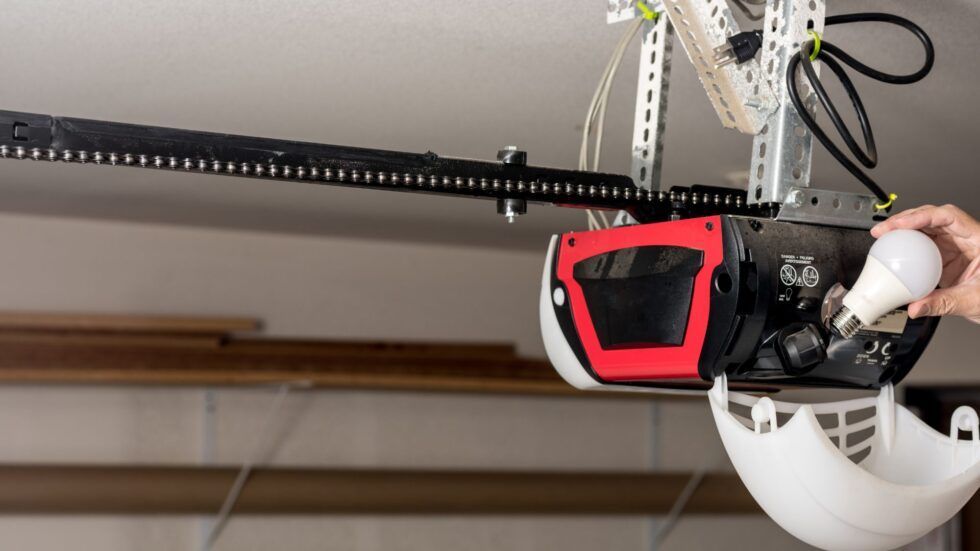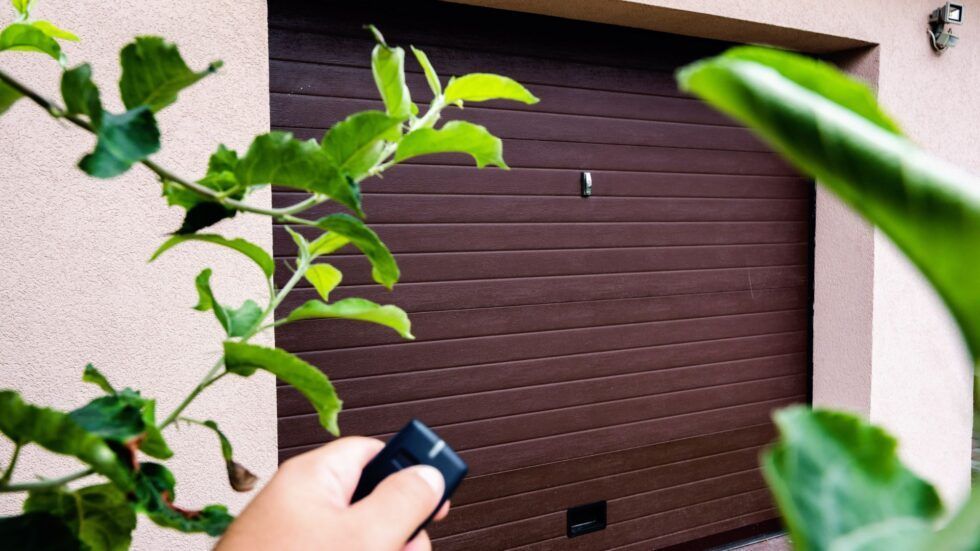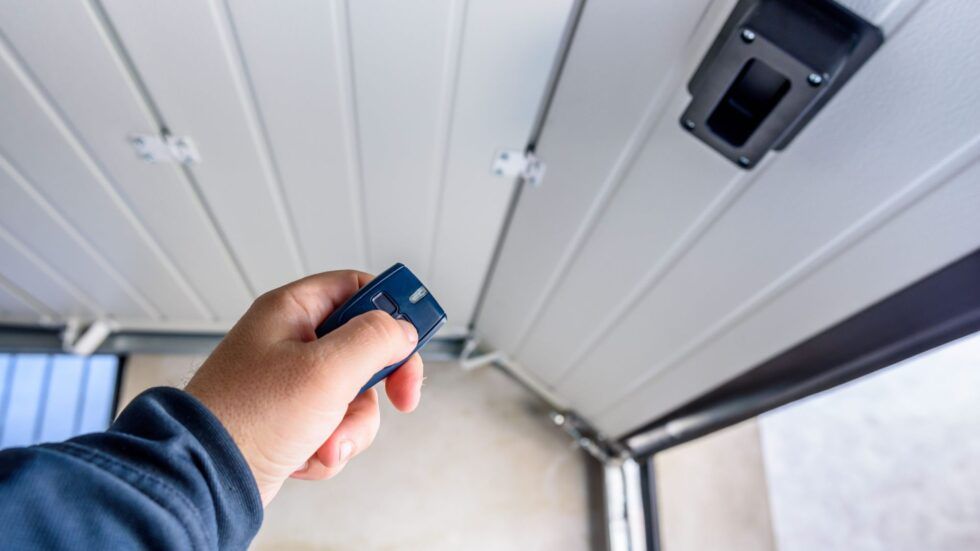How To Prepare For A Fireplace Installation
Welcoming a new gas fireplace into your home is an exciting venture, offering not just warmth but a cozy ambiance that transforms your living space. To ensure a seamless installation process, it’s crucial to understand what’s involved and how you can best prepare.
However, there are some aspects of the installation process we don’t cover, and preparing for these in advance will make the entire process smoother for everyone involved.
What We Don’t Provide:
Before diving into the excitement of selecting your new fireplace, it’s important to note the services that fall outside our scope. Our expertise is centered on the fireplace unit itself, which means there are some preparatory steps you’ll need to undertake or hire other professionals to handle:
- Framing: The structural support that houses your fireplace needs to be prepared in advance.
- Plumbing: Any gas line adjustments or installations required must be completed beforehand.
- Electrical: Should your fireplace design include electrical components, these connections need to be ready.
- Drywall: Finishing the walls around your fireplace for that seamless look is up to you.
- Hearths: The foundation for your fireplace, if you desire one, should be prepared ahead of time.
- Roofing/Stucco Repair: if there is a wall or roof penetration made, you should plan to get someone to repair and re-seal the roof or redo the stucco.
What We Do Provide:
At Custom Specialties Group, we specialize in the selection, supply, and installation of gas fireplaces. Our services are designed to ensure your new fireplace is perfectly integrated into your home, focusing on:
- Fireplace Placement: We’ll work with you to choose the ideal location, making sure it’s perfectly centered and complements your living space.
- Security: Ensuring your fireplace is securely installed is a top priority for us.
- Venting: Proper placement of pipes is crucial for safety and efficiency; we take care of this, along with the installation of the chimney cap.
- Fireplace Media: Whether your choice includes log sets, stones, or other media, we’ll handle the placement to create the aesthetic you desire.
Preparing for Installation
To ensure a smooth installation, here are a few steps you can take:
- Consult with Professionals: For the services we don’t provide, it’s wise to consult with licensed professionals in advance. This might include contractors for framing and drywall or licensed plumbers and electricians for gas and electrical connections.
- Clear the Area: Make sure the space where your fireplace will be installed is clear of furniture, decorations, and other items.
- Access: Ensure there’s easy access to the installation site for our team and any equipment we might need to bring in.
Final Thoughts
Choosing and installing a new gas fireplace is a journey we’re excited to embark on with you. By preparing the necessary groundwork in advance and understanding the scope of our services, you’re setting the stage for a smooth and efficient installation. If you have any questions or need further clarification on how to prepare for your gas fireplace installation, don’t hesitate to contact us at (702) 657-1244
Welcome warmth and style into your home with Custom Specialties Group – where your cozy evenings by the fireplace begin.
Recent Posts





